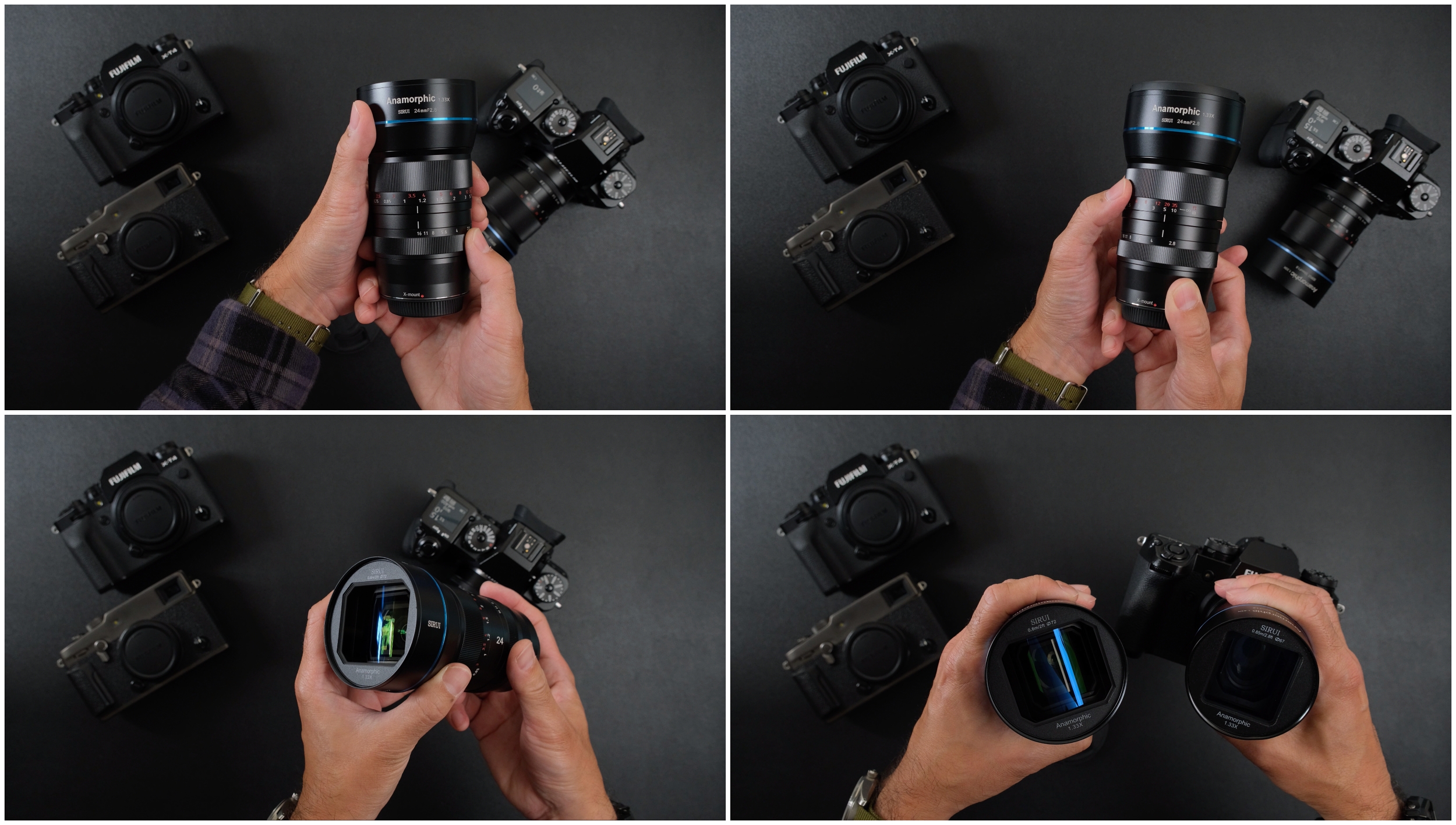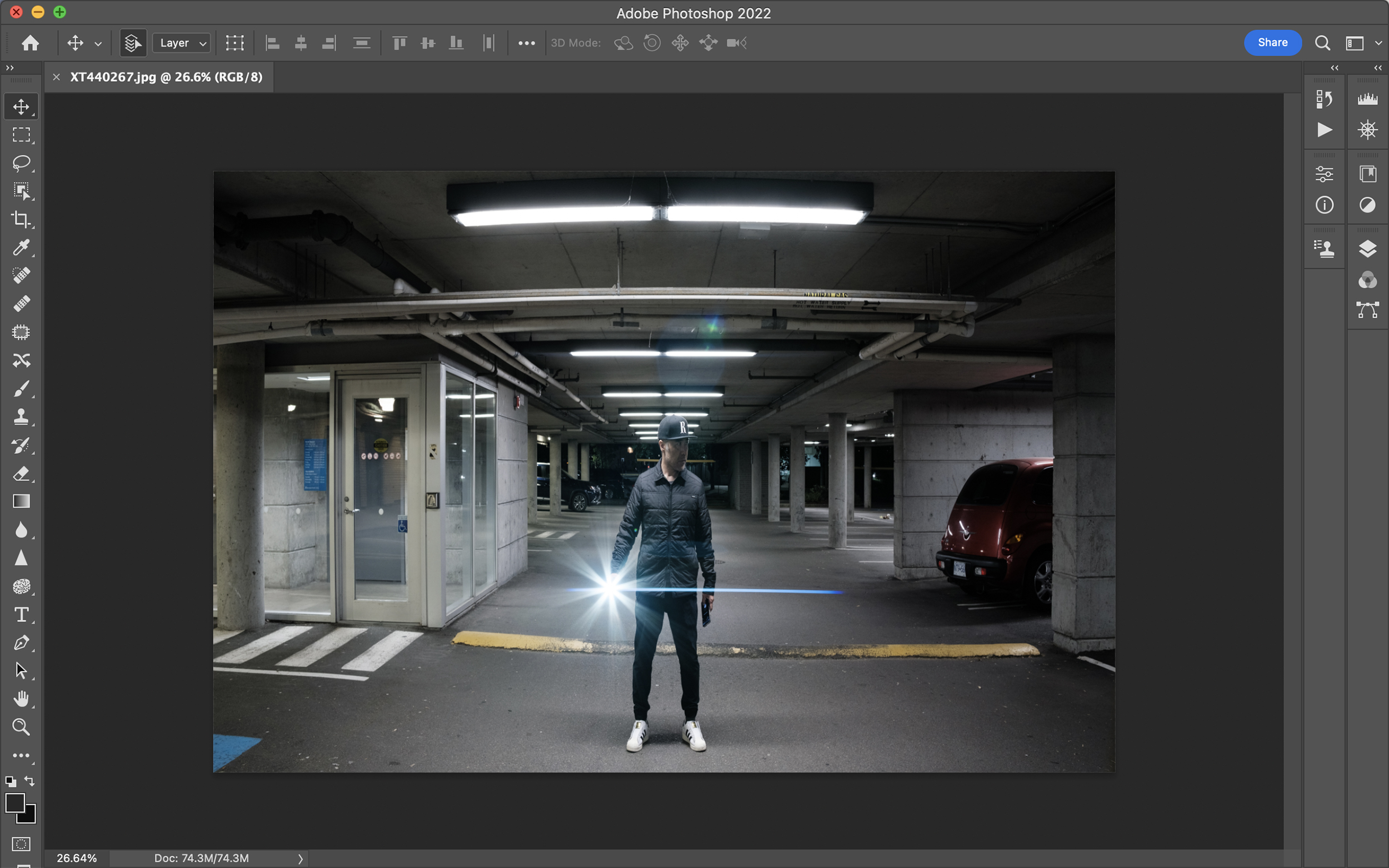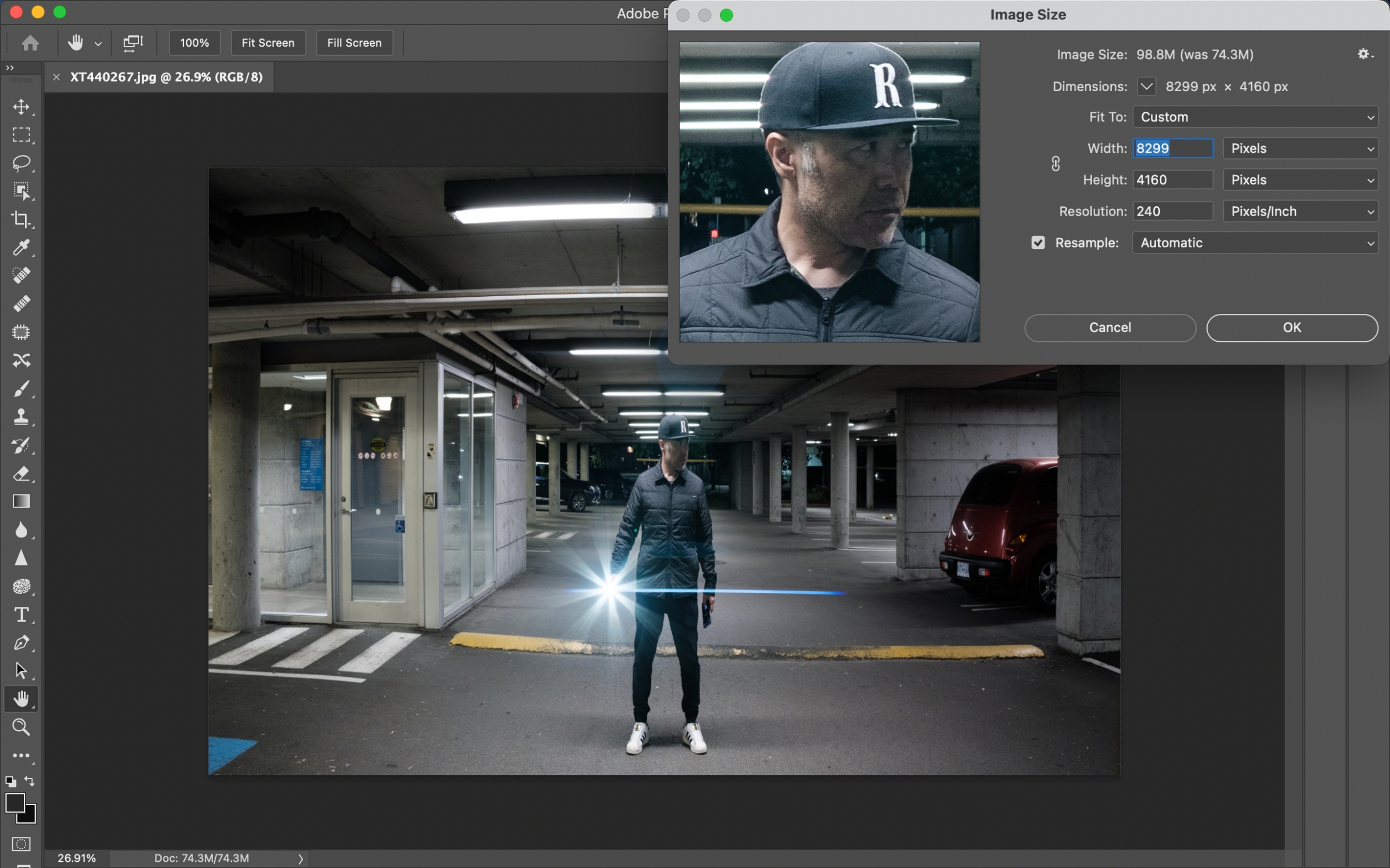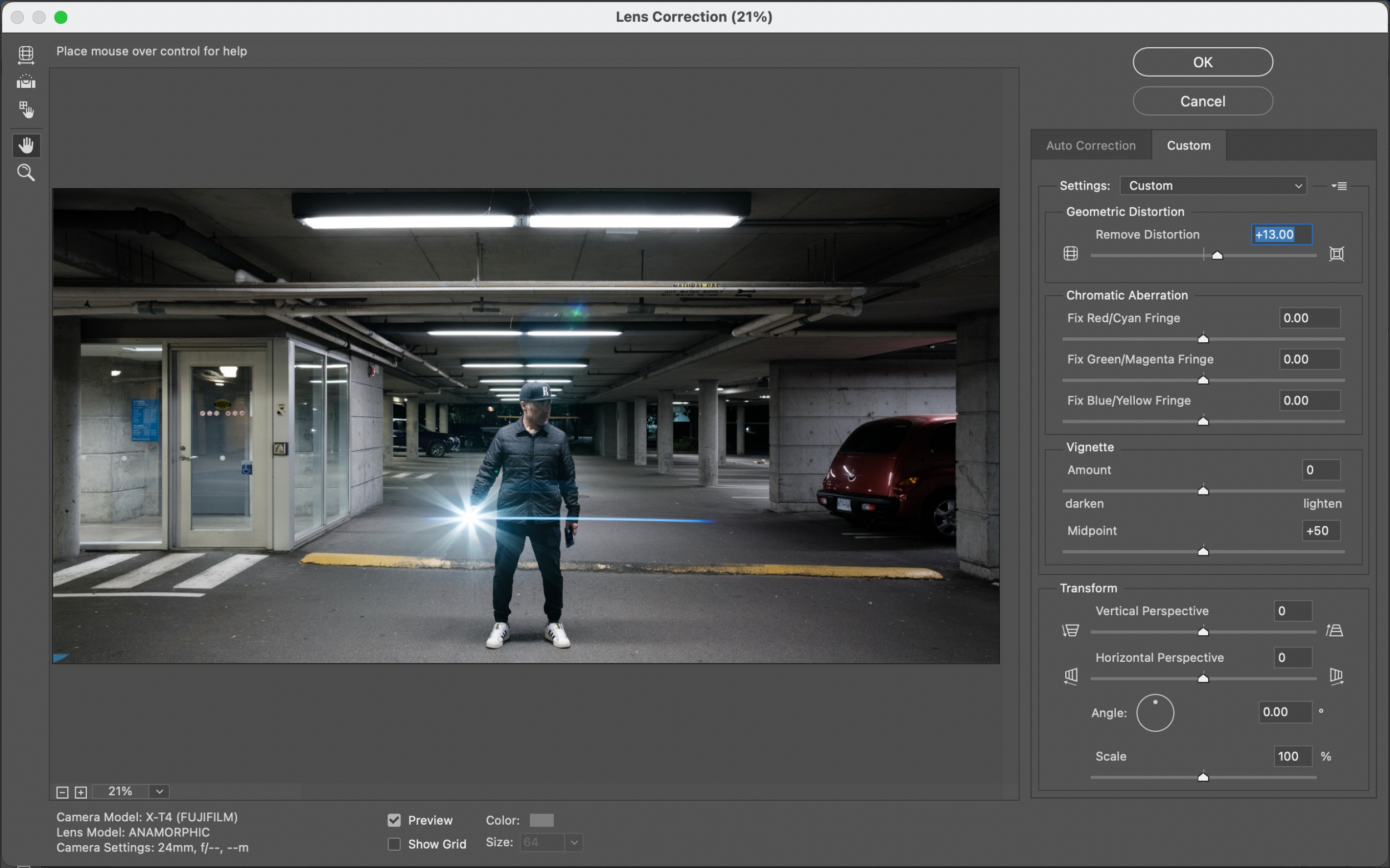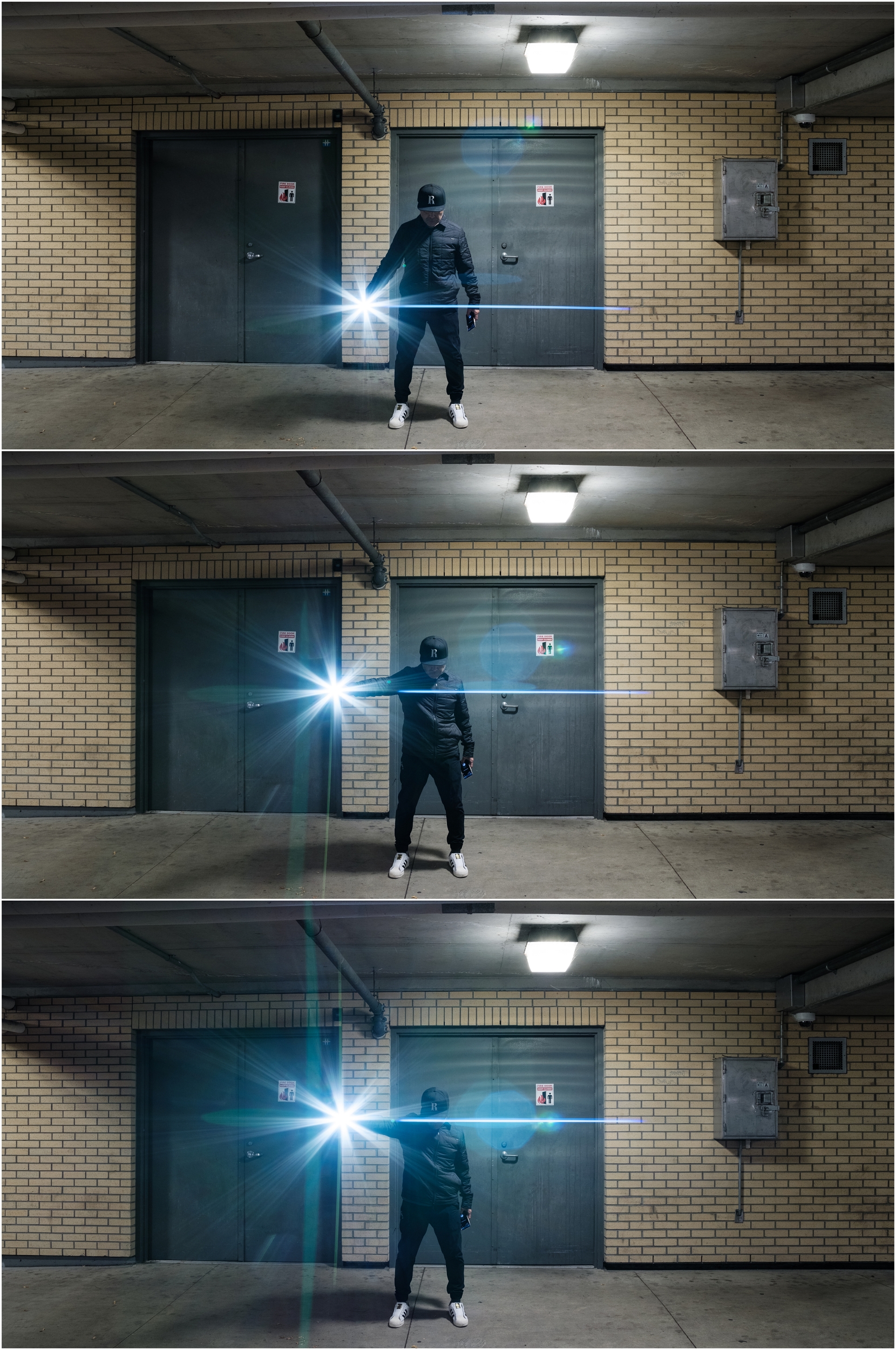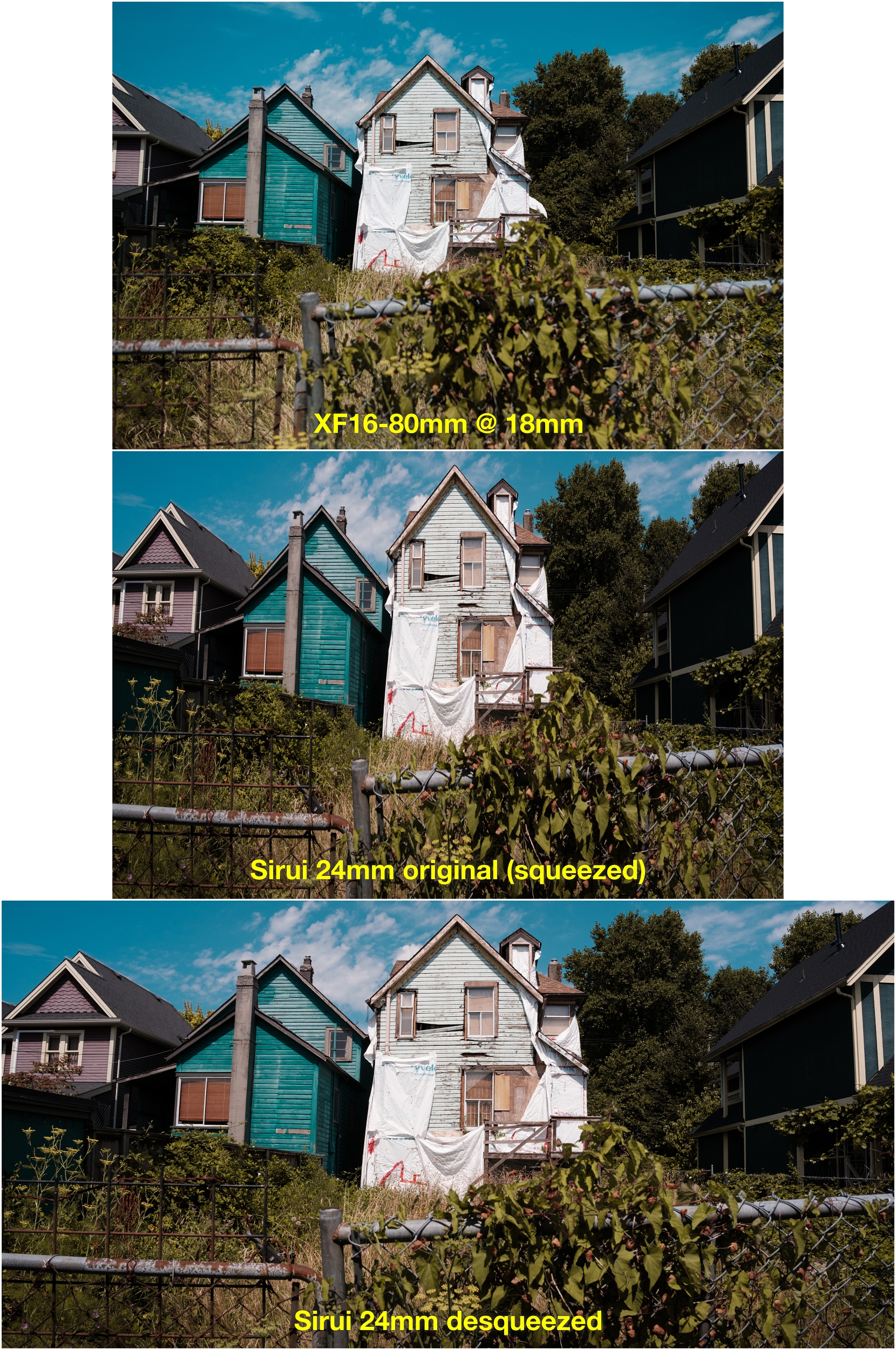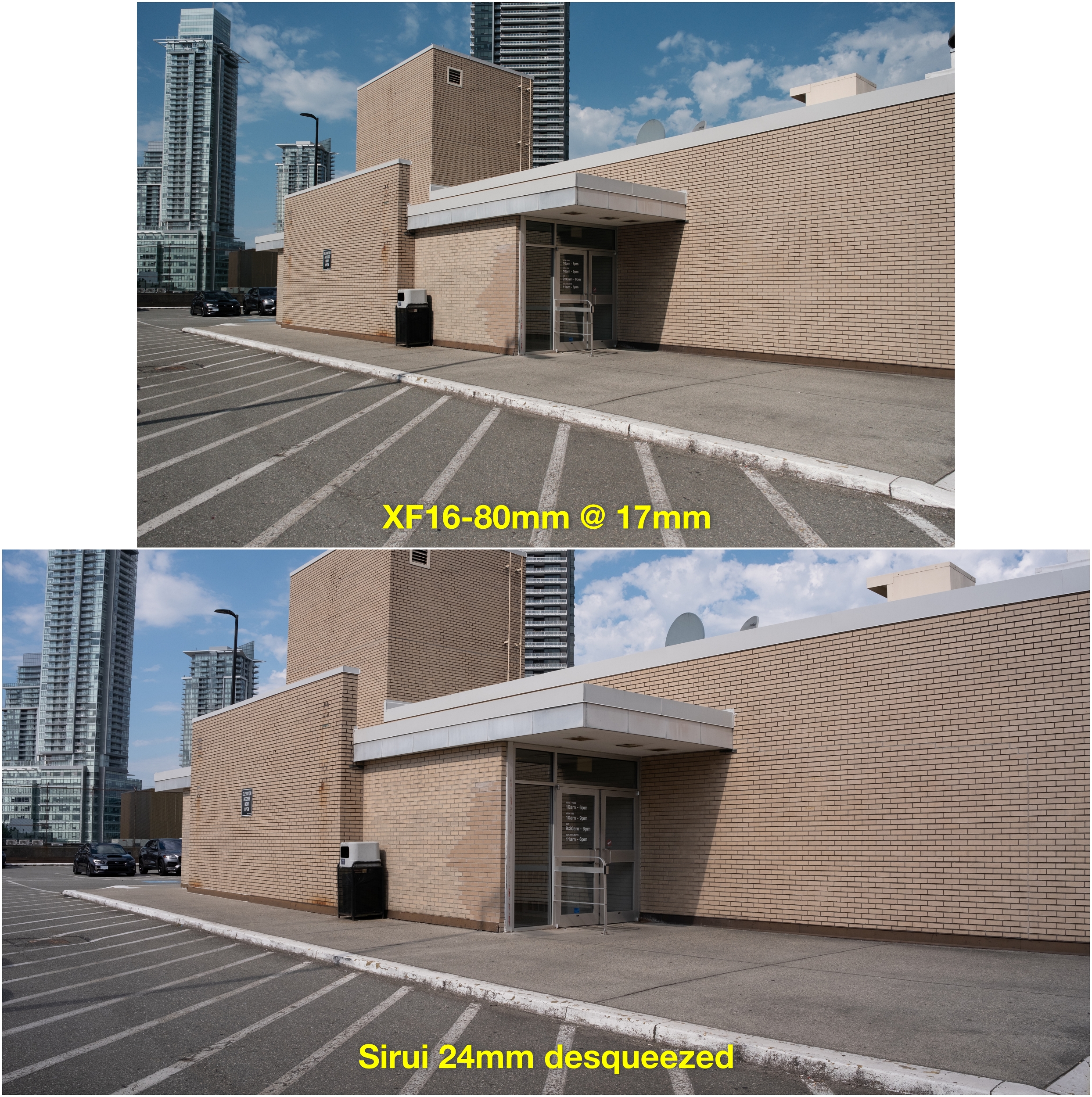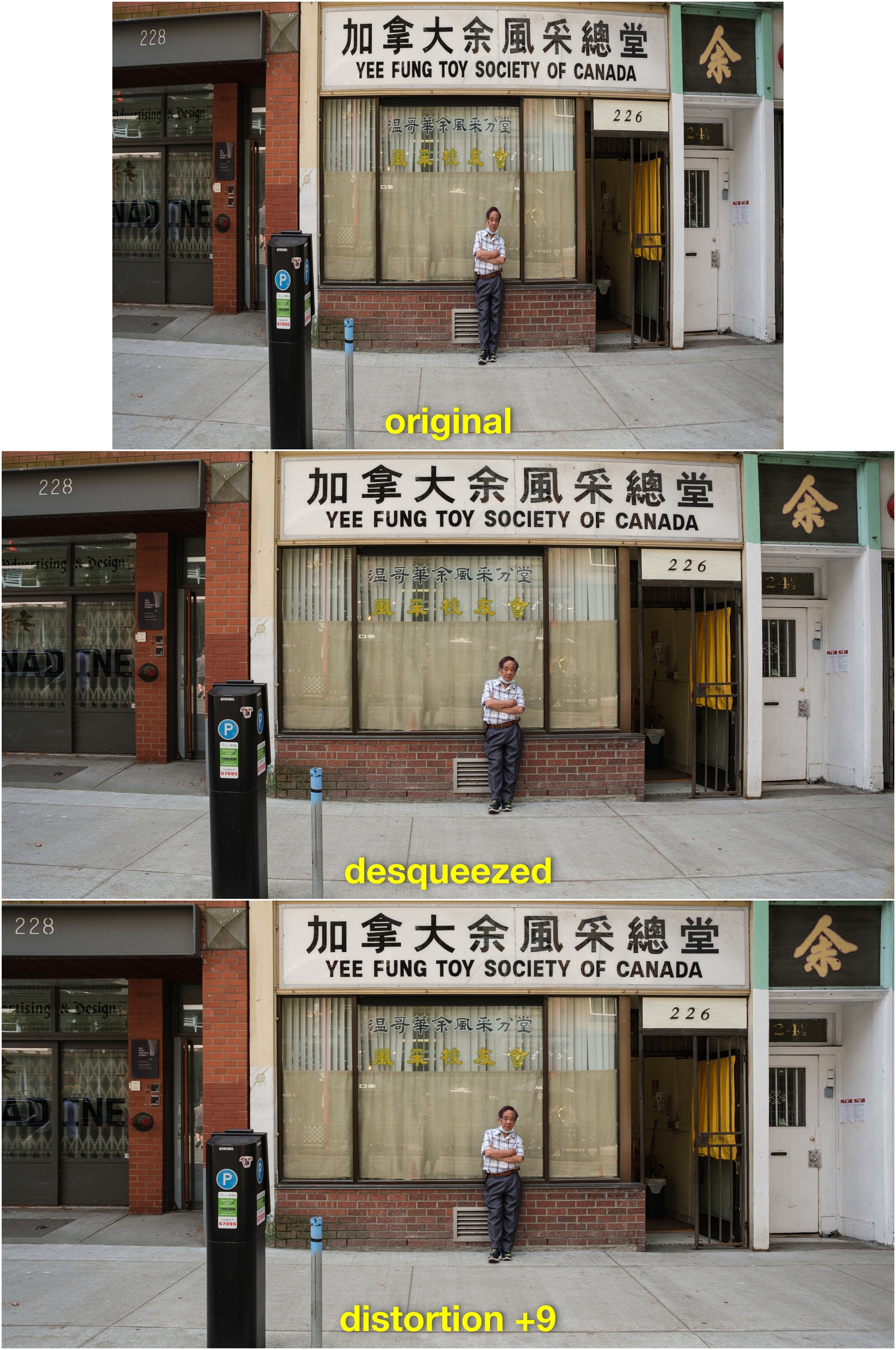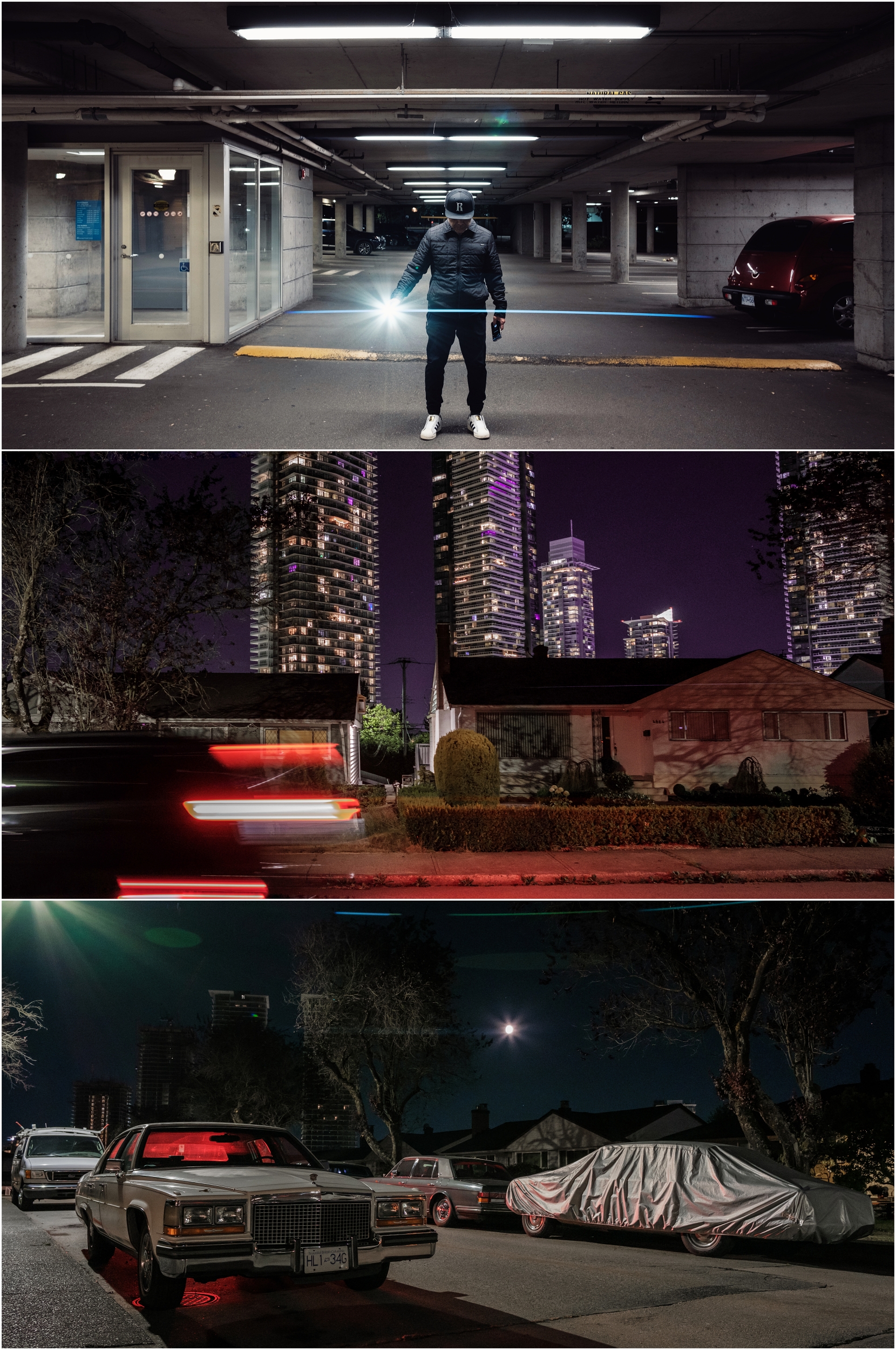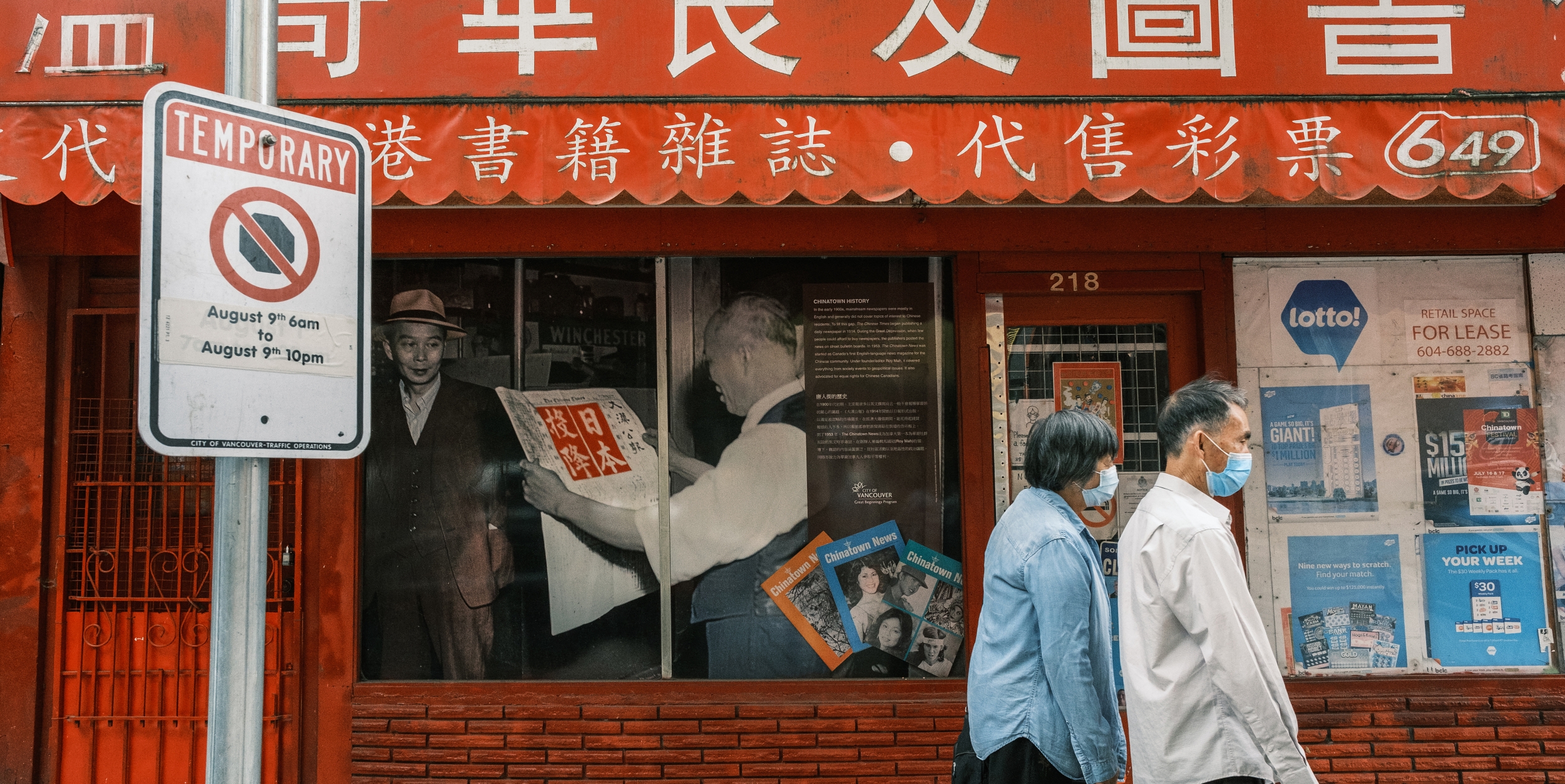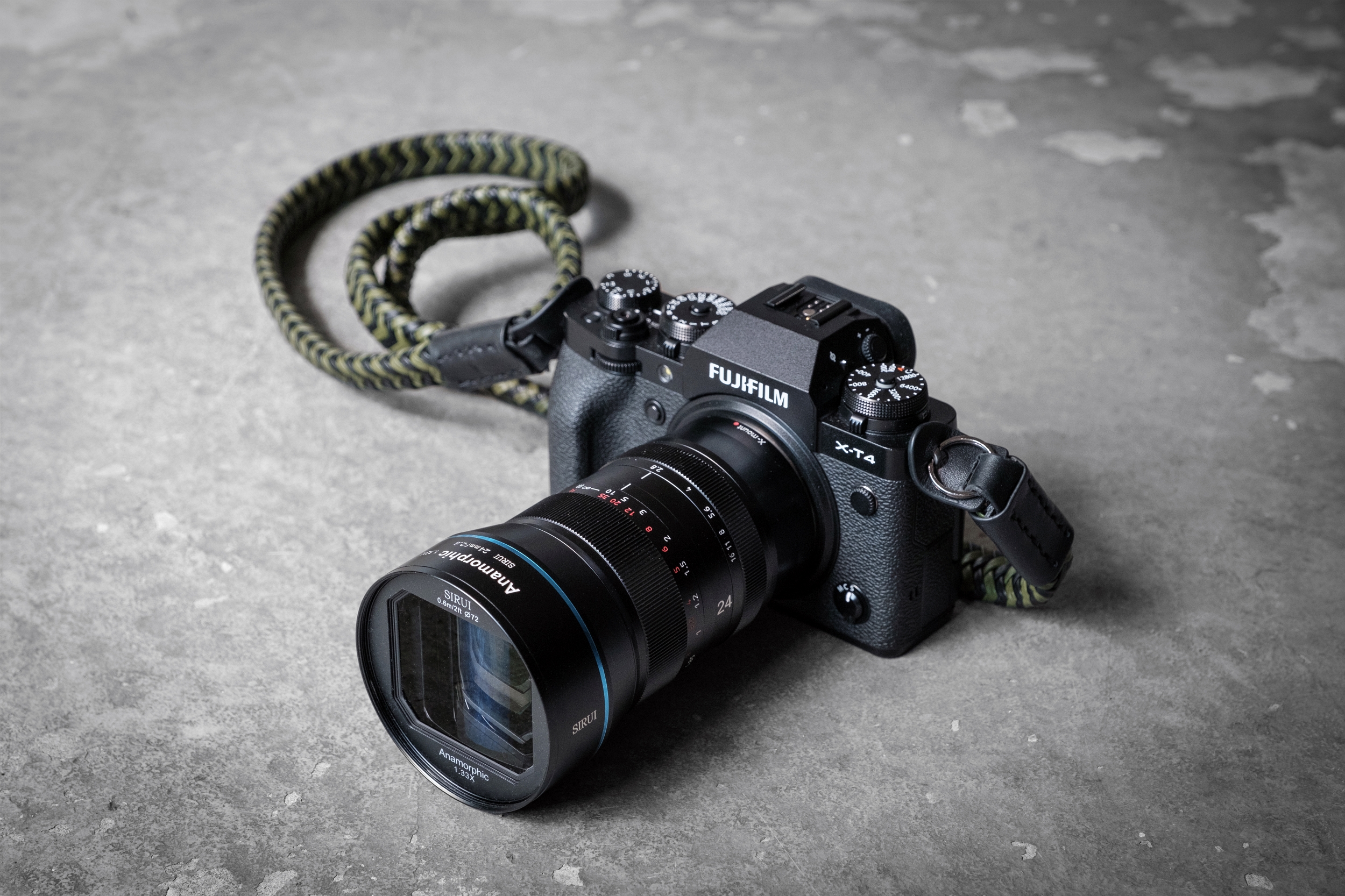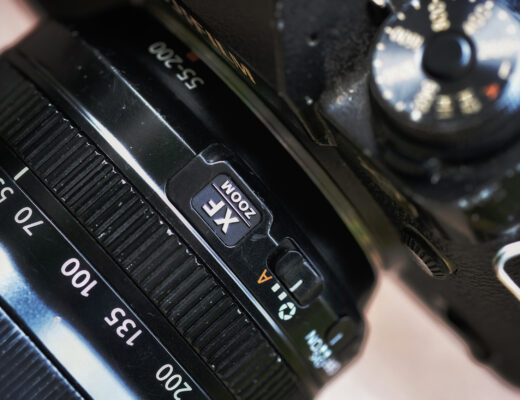Two years ago I reviewed the Sirui 50mm f/1.8 1.33X Anamorphic lens for X Mount. In that article, I discussed the history of anamorphic lenses and how they work. At the time it was Sirui’s first and only lens, and it was the only anamorphic lens that was priced under $1000. Two years later Sirui has an entire line-up of lenses, including a professional line of M43 anamorphic lenses, full-frame anamorphic lenses, and full-frame cine lenses. For the Fujifilm X Mount, Sirui makes the 24mm f/2.8, 50mm f/1.8, and 75mm f/1.8 1.33x Anamorphic lenses. There is a 35mm f/1.8 in the series, but for some reason, it is not available for the X Mount. When Sirui asked which lens I wanted to try next I knew it would be the 24mm f/2.8 1.33X Anamorphic.
As mentioned in the previous article, the anamorphic lens was invented specifically for the movie industry as a way to solve the problem of capturing and projecting a wide-screen movie with a fixed 4:3 aspect ratio on 35mm movie film. By optically squeezing the captured footage at a fixed ratio, the footage could then be de-squeezed later in the edit or while being projected with a de-squeezing lens. The original 4:3 aspect ratio could be stretched out to 21:9 or wider, giving the now cinematic wide-screen effect. For the Fujifilm X Mount, the 3:2 aspect ratio of the APS-C sensor (C stands for ‘Classic’ 35mm ratio) could be stretched 1.33X wider to 2:1 aspect ratio in stills mode. For video, the 16:9 aspect ratio can be stretched out to 21:9 or 2.4:1. Below is how I use Photoshop to de-squeeze and optically correct the barrel distortion of the Sirui 24mm lens.
Because I shoot RAW, the first step is to make my selects and process the images in Lightroom. Next, I import the image into Photoshop and under the Image tab, I go to Image Size. The native image from the X-T4 is 6240 x 4160px. Change the squeezed horizontal axis of 6240 and multiply by 1.33 times = 8299px. The final image is 8299 x 4160px, or a 34.5-megapixel image in a 2:1 aspect ratio. As you can see by my screenshot, the image has quite a bit of barrel distortion, not unusual for a wide-angle lens. Since this is not a native Fujifilm lens and there is no EXIF data shared, the lens correction must be done manually in Photoshop. Go to the Filter tab and choose Lens Correction. Depending on the framing of the image as well as the focus distance, the correction amount is between +7 and +13. Because there was a horizontal overhead light and pipe, I corrected it until it was straight at +13. In most other images, I did +7 correction.
Other than creating a unique wide aspect ratio image, anamorphic images and video also exhibit unique characteristics. One of them is the blue horizontal flare. I had to force the flare by using a flashlight, but any strong light aimed directly into the lens will create this unique effect. This anamorphic flare is so strongly associated with cinematography that there are anamorphic flare filters and effects that are added to video and stills to give it a big-budget movie visual effect. I moved the flashlight in various positions so you could see how this affects the quality and strength of the flare.
The Sirui 24mm lens has a field-of-view close to 17mm since the image is stretched out 33% wider. I conducted tests using the XF16-80mm as the reference lens. Since the Fujifilm lens communicates with the body, all lens corrections are done in-camera, correcting for light fall-off, distortion, etc. Optically, the Sirui lens has quite a bit of barrel distortion – not unusual for a wide-angle lens. It looks worse when squeezed but even after de-squeezing, the distortion is obvious. Some like the fish-eye look of the lens, especially on close-up shots, but I prefer to correct it. This isn’t a big deal with this lens since every image has to be de-squeezed anyway. Correcting for barrel distortion is just one more step.

Lunch with Nima Zadrafi aka @TheGlassEye.tv
The Sirui 24mm lens is warmer when shot wide open but then becomes cooler when stopped down – an unusual characteristic. In terms of sharpness, it’s not as sharp as Fujifilm’s native prime lenses but once stopped down it is decently sharp. Sirui uses nano-coated Schott optical glass (German optics manufacturer and part of the Carl Zeiss group) so this lens is optically sound. The construction is robust, although both the clickless aperture ring and focus ring are too close together and move a bit too easily. Since this is a cinema lens, the focus throw is very long, with 80% of the throw below 3m or 10ft. Focusing on anything further away than 3m is difficult without magnifying the viewfinder.
Most of my images were captured during the day while walking around on the streets as well as hanging out with friends. However, this lens isn’t ideal for street photography, despite the focal length and unique field of view. As previously mentioned, the focus throw is long, the aperture is clickless, there’s no communication between the lens and the body, and the lens is somewhat heavy (780g) and long (126.4mm). However, the minimum focus is 0.6M or 2ft, so you can get decent close-ups. My advice is to focus with the lens wide open and then stop down to your desired aperture. I found that f/5.6 was the sweet spot for this lens.
As many of you know, I’m a huge fan of the wider aspect ratio for my photography. I usually frame my images with the intent to crop to 16:9, if not wider. I find this aspect ratio more cinematic versus the native 3:2 ratio of the X Series. The GFX is even more square at 4:3 – the same ratio as smartphones and the M43 system. Being able to stretch my X Series images out to 2:1 with the Sirui 1.33x anamorphic lens series is optimal for the images I want to create. If I could shoot 2:1 natively without having to de-squeeze my images that would be fantastic, but no manufacturer makes a 2:1 aspect ratio sensor (imagine a digital Fujifilm TX-1 or Hasselblad X-Pan?). How about if Fujifilm made an autofocus anamorphic lens for video (similar to the new XF18-120mm f/4)? Wouldn’t that be cool? In addition, the blue horizontal flares and oval bokeh balls are cool visual characteristics of using an anamorphic lens.

Kyle R aka @secondteamkyle
In conclusion, I’m going to enjoy incorporating the Sirui 24mm f/2.8 1.33X Anamorphic into my lens rotation for my personal work. I love the wider field of view, and I definitely prefer the wider aspect ratio. Optically this lens has some quirks (colour shifts while stopping down, barrel distortion), but being able to use an anamorphic lens with my Fujifilm X Series natively for under $1000 USD is awesome. The workflow has more layers than your typical editing process (de-squeeze and distortion correction) but it’s worth the extra effort. I hope Sirui will add more anamorphic lenses for the X Series, especially since the new X-H2S can now shoot full-sensor 3:2 video. Perhaps they can create a Pro MARS lens set for the X Series, and a wider 1.6X anamorphic like their full-frame lenses. Finally, I hope Sirui releases an X Mount version of their 35mm f/1.8 1.33X Anamorphic lens. Thanks for reading and happy shooting!


